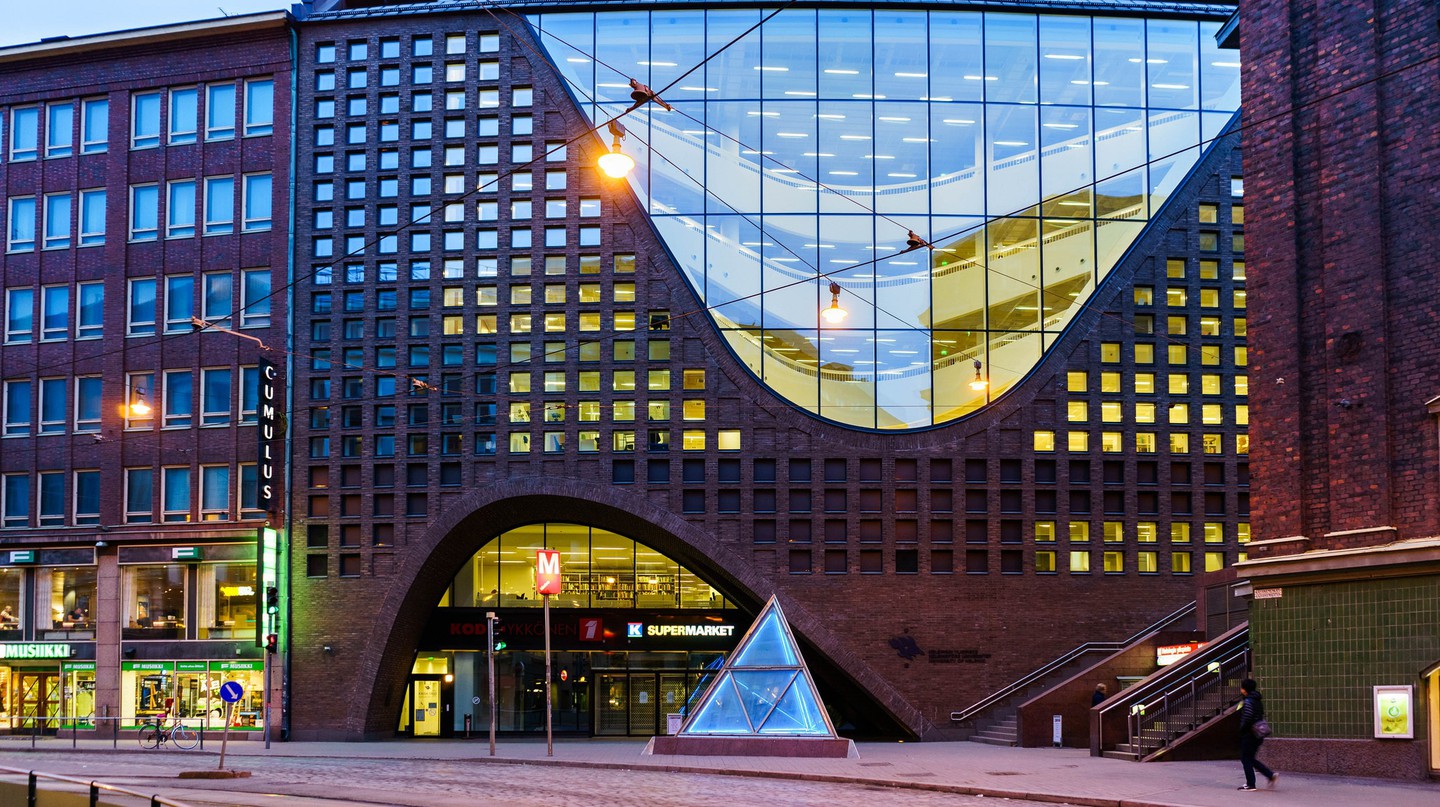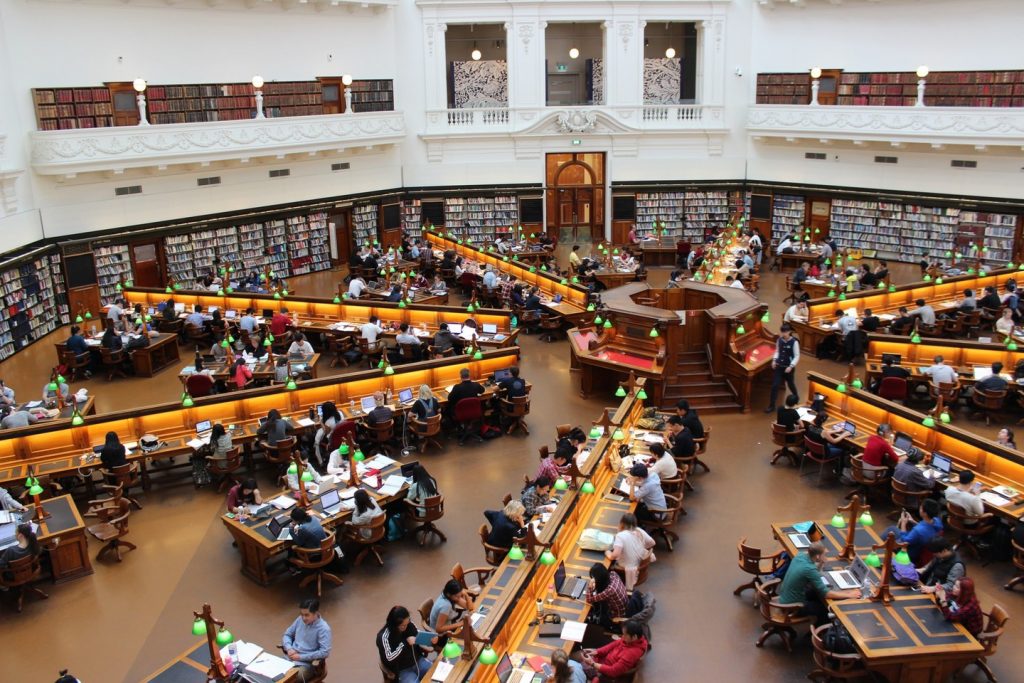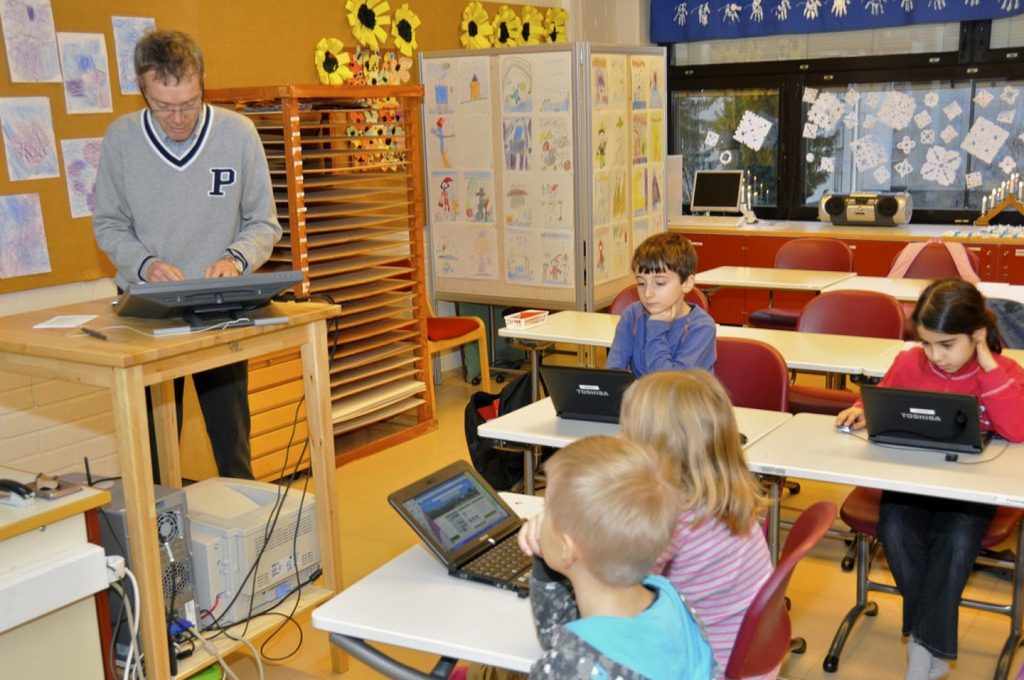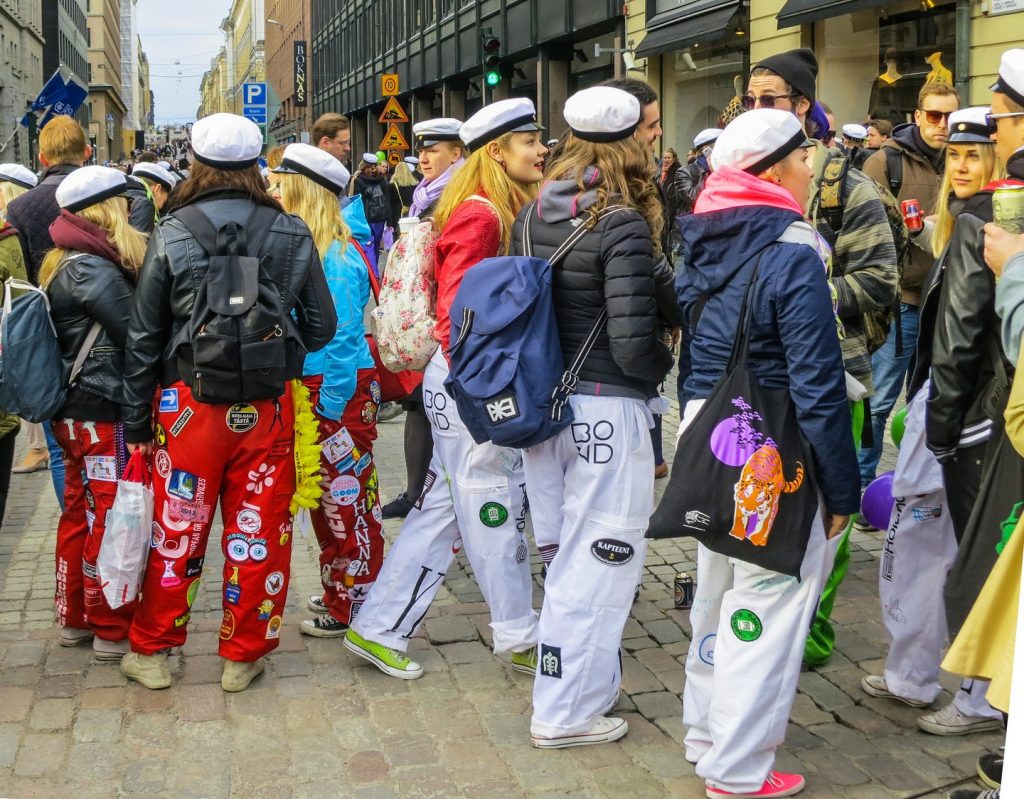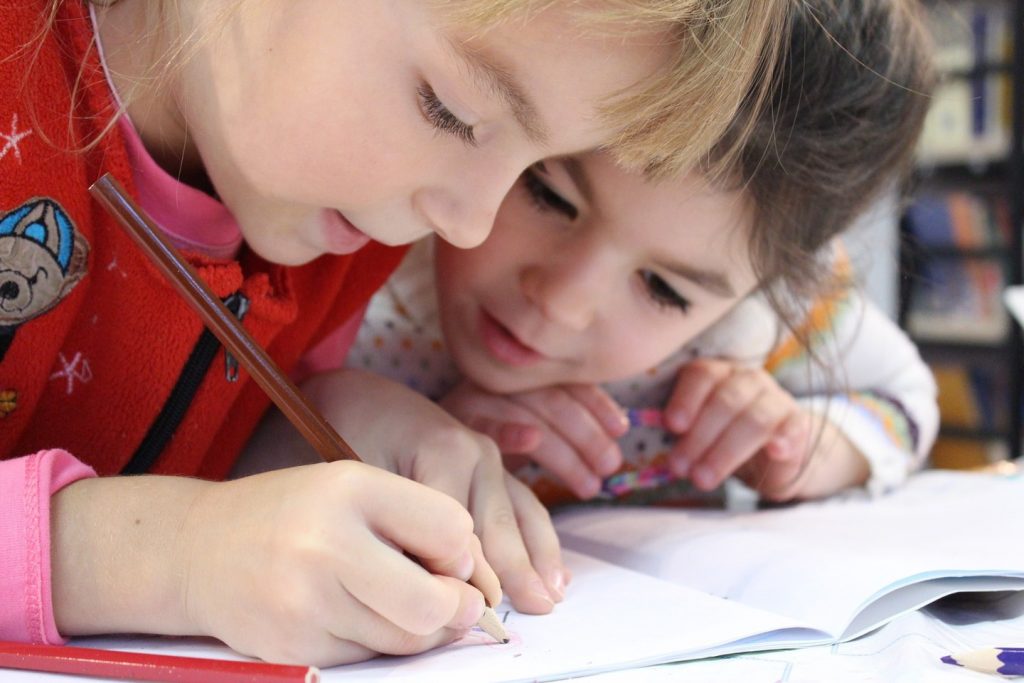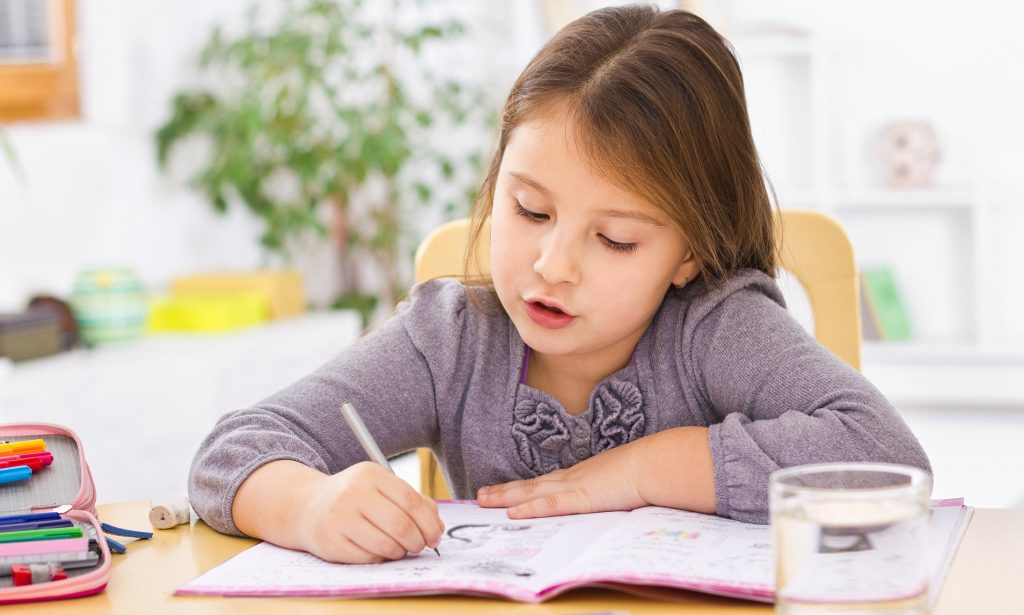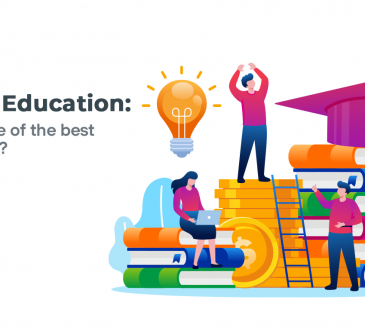Why Finland’s Higher Education System Is the Best in the World
Finland’s education system is regarded as one of the best in the world, and other nations are striving to emulate its structure of well paid teachers, plenty of recess time, and less emphasis on homework and tests. The country’s higher education system also sets an example, especially since Finland is one of the few nations left in the world where its own citizens receive higher education completely free (foreign students still have to pay tuition fees, but they are significantly less than those paid in other countries).
The Finnish pavilion at this year’s Venice Architecture Biennale paid tribute to this with an exhibition in Finland’s public library buildings and their role in education. Let’s exploce Why Finland’s Higher Education System Is the Best in the World below.
Contents
Why Finland’s Higher Education System Is the Best in the World
A part of Finnish culture
Education is a strong part of Finnish culture from pre-school years into adulthood. Children in Finland don’t begin formal education until they reach seven years old, but they do still begin early education through ‘forest schools’ and outdoor play. Primary and secondary education aren’t as strict as they are in other nations, but getting a good early education is still viewed as an important step.
Many adults in Finland also continue their lifelong education through evening classes or regular trips to the library (Finland has a higher rate of library usage than any other country). Just as free access to information in libraries is an integral part of Finnish culture, so is developing knowledge through free higher education.
Lack of classism
Classism is also far less prominent in Finland, which again extends to education. For many centuries Finland was a primarily arable country and education wasn’t a priority for those who worked on farms in remote communities. University was viewed as something only for the upper classes or intellectuals.
Today just as people of any background, social class, and income level can gain equal access to information at libraries, they can do the same thing at universities. This takes away a barrier that many other countries face where people from working class backgrounds grow up knowing they won’t be able to go to university or embark on a high paying career, which requires a university education. Attitudes like these can lead to higher levels of crime, substance abuse, depression, and racial divides. Free higher education is especially important in Finland since there are more jobs, such as teaching or journalism, that require a master’s degree at the entry level as opposed to only a bachelor’s degree or no degree at all in other countries.
Love of learning
This free access to education means that students in Finland can attend university not just to get ahead in their careers but also for the reason that universities exist in the first place learning for learning’s sake.
While picking up important life skills, students can also read up on a range of subjects at the university library or take elective classes for everything from politics to pop culture, to gain a deeper understanding of the world. They can study what they love without the fear of entering the workforce deep in debt.
Starting school at an older age
Here the Finns again start by changing very minute details. Students start school when they are seven years old. They’re given free reign in the developing childhood years to not be chained to compulsory education. It’s simply just a way to let a kid be a kid. There are only 9 years of compulsory school that Finnish children are required to attend. Everything past the ninth grade or at the age of 16 is optional.
Just from a psychological standpoint, this is a freeing ideal. Although it may anecdotal, many students really feel like they’re stuck in a prison. Finland alleviates this forced ideal and instead opts to prepare its children for the real world.
A more relaxed atmosphere
There is a general trend in what Finland is doing with its schools. Less stress, less unneeded regimentation and more caring. Students usually only have a couple of classes a day. They have several times to eat their food, enjoy recreational activities and generally just relax. Spread throughout the day are 15 to 20 minute intervals where the kids can get up and stretch, grab some fresh air and decompress.
This type of environment is also needed by the teachers. Teacher rooms are set up all over Finnish schools, where they can lounge about and relax, prepare for the day or just simply socialize. Teachers are people too and need to be functional so they can operate at the best of their abilities.
Less homework and outside work required
According to the OECD, students in Finland have the least amount of outside work and homework than any other student in the world. They spend only half an hour a night working on stuff from school. Finnish students also don’t have tutors. Yet they’re outperforming cultures that have toxic school to life balances without the unneeded or unnecessary stress.
Finnish students are getting everything they need to get done in school without the added pressures that come with excelling at a subject. Without having to worry about grades and busy work they are able to focus on the true task at hand learning and growing as a human being.

